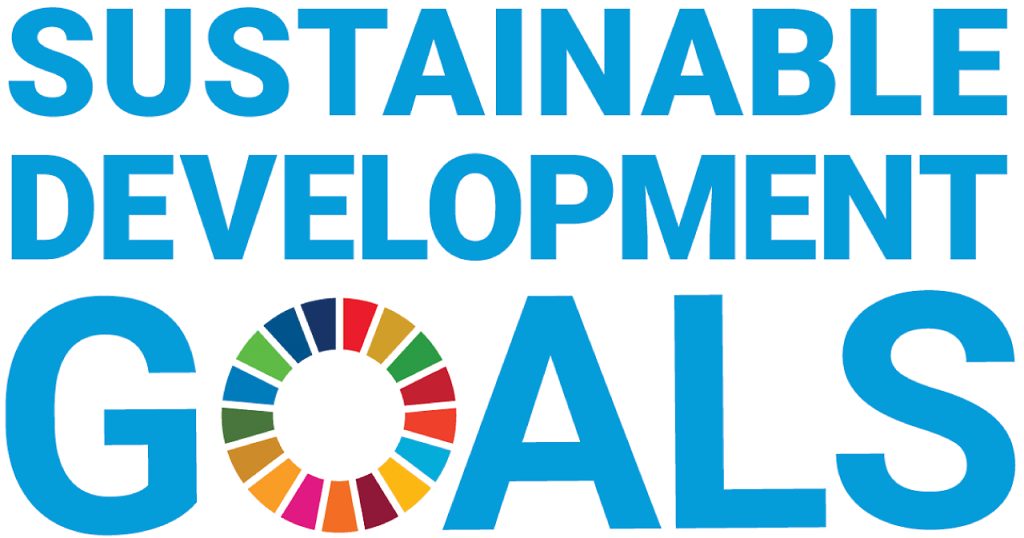- February 24, 2025
Description
In Israel, approximately 6.256 million tons of municipal and commercial waste are produced every year, of which only a small percentage is recycled. In countries like Germany and Sweden, where advanced waste separation programs operate, population participation rates are around 65%-70%, compared to less than 25% in Israel. According to the researchers, the implementation of effective waste separation programs at the local level is still encountering difficulties, mainly due to the limited public participation.
In their new study, “The effect of the intensive margin on waste separation behavior: a discrete choice experiment”, published in the Environment, Development and Sustainability journal, Prof. Yaniv Reingewertz from the School of Political Sciences and Prof. Ofira Ayalon from the School of Environmental Sciences at the University of Haifa, targeted to examine the factors that influence the public’s willingness to separate waste, such as the number of separation categories, the distance to the collection facilities and the economic incentives offered to the public.
The results of the study found that adding different types of recycling bins increases the public’s willingness to separate waste by 17% for each additional bin. The study also shows that placing bins in closer locations increases the willingness to separate waste by 50%. In addition, the financial incentives of NIS 50 per month increased the rate of participants in waste separation by more than 112%.
Read more in Israel Hayom, 24/2/2025



